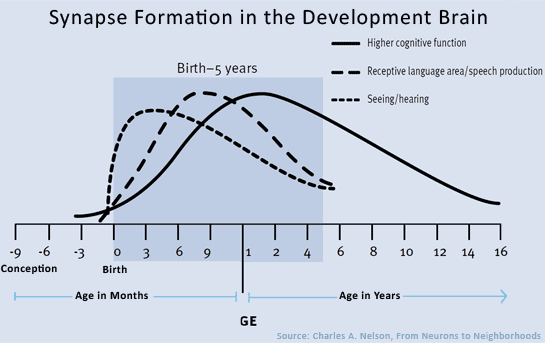While we were doing our usual snooping around the internet for something that would Make Living Fun for our readers, we happened upon Jim’s Children Learning Reading program. Jim and his wife Elena live in Canada and they have two children Raine and Ethan. Jim has successfully used the phonemic awareness approach to teach both his children to read, and that was the foundation with which he has researched and developed the Children Learning Reading program.
We contacted him and got a review copy and we loved what he has put together. It’s one of the very few early childhood education programs that focus on phonemic awareness. At Bril we believe that whole-word, multi-sensory and phonemic-awareness-based programs benefit babies, toddlers and children, because any positive stimulation of the brain in the early years helps in overall development and neural connections being formed. There is no ‘One correct way’, ever in life, as our brains learn because of and in spite of many stimuli. While many experts go crazy over ‘scientific’ aspects, we go by what we see- real results and based on how babies really learn. As we grow up, we tend to ignore the power of the intuitive right-brain which can recognize patterns and help us learn languages even without splitting the word into letters. In fact even highly successful language courses like Rosetta Stone leverage the natural way of learning languages using audio and visual stimulus even to teach adults. The brain seldom functions the way ‘experts’ would like them to, because it’s much more powerful, and none of us fully understand it.
Learning to read is very similar to learning to speak and phonemic awareness is one such very effective way to teach children reading. So, while Jim’s program bashes the whole-word, right-brain approach completely, we believe children need a combination of different methods for optimum brain stimulation. You’ll be amazed at how children easily relate one method to the other in their own unique way and learn using their own strengths. Don’t forget that children use multiple intelligence to learn, so by providing audio (including musical), visual & kinesthetic stimuli, a loving environment for intra & interpersonal dialogue and blending techniques you can really help your children leverage their natural learning style.
So what is Phonemic awareness?
Phonemic awareness is a subset of phonological awareness (sound structure of language) in which listeners are able to hear, identify and manipulate phonemes, the smallest units of sound that can differentiate meaning. Separating the spoken word “cat” into three distinct phonemes, /k/, /ae/, and /t/, requires phonemic awareness.
The National Reading Panel has found that phonemic awareness improves children’s word reading and reading comprehension, as well as helping children learn to spell. Phonemic awareness is the basis for learning phonics.
At Bril we believe and know that early childhood education gives children a huge head start in life, as the period between 0-3 years is when a child’s brain is most receptive and children love to learn. They love to learn because there is no stigma attached to learning in the first few years. This window of opportunity is also great for parents to spend quality time with their children and have the pleasure of being their first teachers! The experience of spending time with your child and learning together surely Makes Living Fun!
Your Child Misses this GOLDEN Opportunity, if You Do Not Teach Your Child to Read at an early age.
The first several years of your child’s life are the most important for healthy brain development and growth. Critical aspects of a child’s brain are established well before they enter school, and it is the experiences during these sensitive periods of development that play a critical role in shaping the capacities of the brain. Please see the graph below, which charts the synapse formation in a child’s brain at different ages.

As you can see, synapse formation for higher cognitive function peaks around 2 to 3 years of age. There is a direct link between a child’s academic performance and future success with positive early experiences and developing early reading skills.
Reading makes your child SMARTER, and the very act of reading can help children compensate for modest levels of cognitive ability!
So after going through Jim’s program, we believe that it is a high-quality early-childhood reading program that uses phonemic awareness and blending techniques to teach children. The program can be accessed by parents world-over in an instantly downloadable, simple, easy to follow digital (PDF and MP3) format.
Disclaimer:
While Bril (Industrial Research Corporation) does thorough due diligence on all products prior to endorsement, Bril may not be held liable or responsible under any circumstance for all or any repercussion including but not limited to financial, emotional or other losses incurred due to purchase of the said product, results, customer support issues, failure to honour money-back guarantees etc. by the Vendor (Jim/ childrenlearningreading.com). Bril is not associated with Children Learning Reading or the creator of this program. No partnership exists between Jim/ Children Learning Reading and Bril.
The links in this post are affiliate links and Bril will earn a commission if a sale happens by clicking on the links in this post.